Honshu Alpine Conifer Forests
The ecoregion’s land area is provided in units of 1,000 hectares. The conservation target is the Global Safety Net (GSN1) area for the given ecoregion. The protection level indicates the percentage of the GSN goal that is currently protected on a scale of 0-10. N/A means data is not available at this time.
Bioregion: Japan Forest Islands (PA47)
Realm: Southern Eurasia
Ecoregion Size (1000 ha):
1,152
Ecoregion ID:
699
Conservation Target:
87%
Protection Level:
6
States: Japan
Marie's fir, the predominant vegetation in this ecoregion, is famously known for its adaptation to the snowy environment and its delivery of magnificent views when covered by frost, a phenomenon called Juhyo. These alpine conifer forests cover many mountains in Japan, amongst these is the exuberant, popular tourist destination, Mount Fuji. Living among these forests are a whole host of wildlife, including the Asiatic black bear, rock ptarmigan, and the peculiar Japanese macaque.
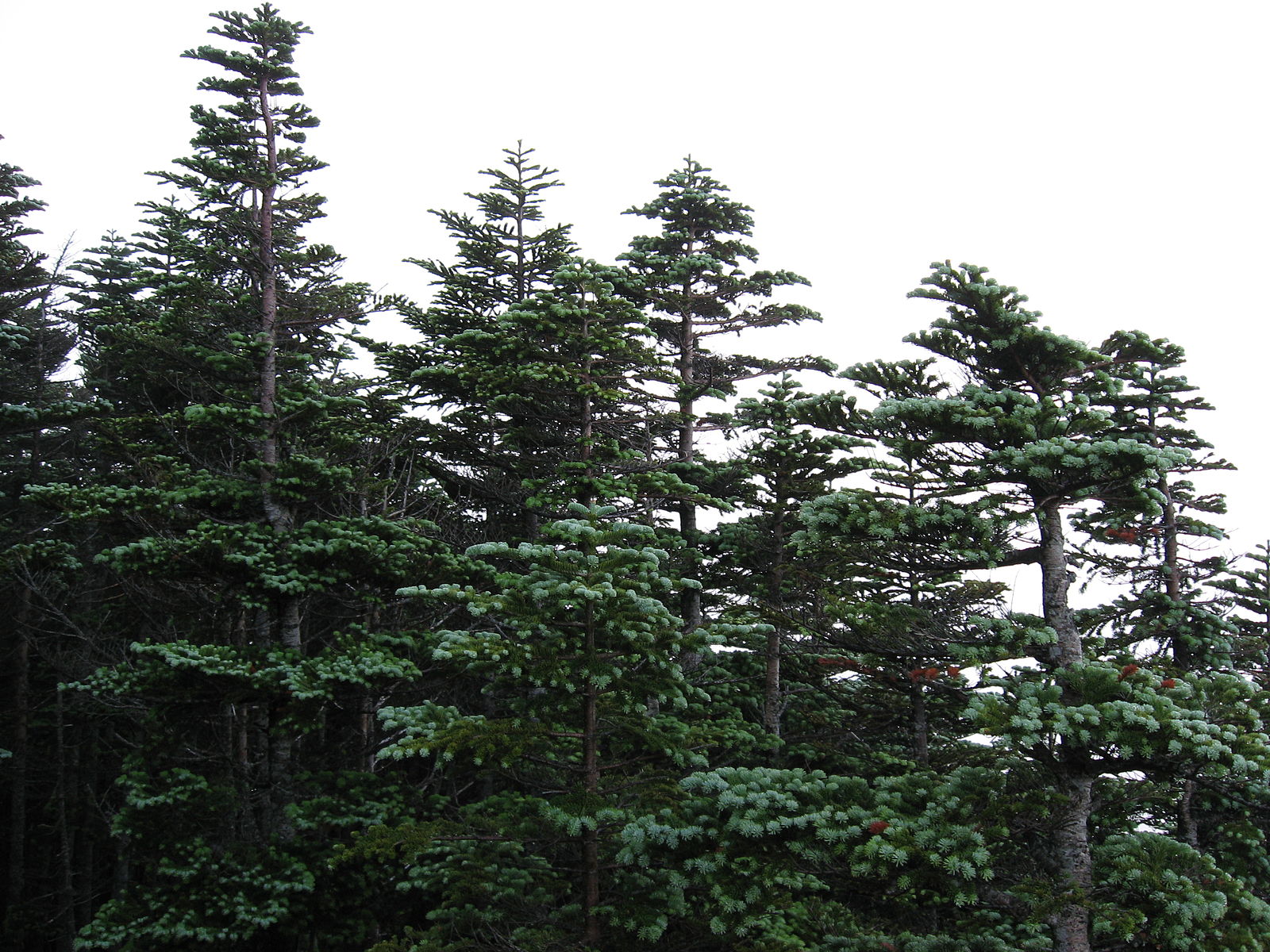
The flagship species of the Honshu Alpine Conifer Forests ecoregion is the Marie's fir. Image credit: Creative Commons
The Honshu Alpine Conifer Forests ecoregion, with 11,505 km2, covers several areas of alpine vegetation amidst montane deciduous forests areas in Northern Honshu (Japan's main island) and Southern Hokkaido islands. The predominant vegetation is Marie's fir, which can be found as pure forests or mixed with other coniferous trees and Erman's Birch. Several mountains are found in the ecoregion, including the famous Mount Fuji, one of the nation's postcards and a premier Asian mountain tourism destination.
Other peaks include Mount Hakkoda which is inside Towada-Hachimantai National Park, Mount Hakusan inside Hakusan National Park, and Mount Kusatsu-Shirane, an active stratovolcano inside Joshin’etsukogen National Park. The average annual temperature here is 7.4 ºC, with an average maximum of 24.5 ºC and the average minimum of -9ºC. Average annual precipitation is 1,511.3 mm with the climate predominantly being continental with a warm-summer and humid.
The tree species that characterises this ecoregion is Marie's fir, also known as the Japanese subalpine snow-fir, which is quite common on central and northern Honshu Island. In the northern area, it forms typically pure stands but also might share the landscape with Erman's birch and the under-canopy with Japanese rowan and the understory with the bamboo Shima-shimofuri. A typical representative of the fauna here is the Sika deer which predominantly feeds on dwarf bamboo.
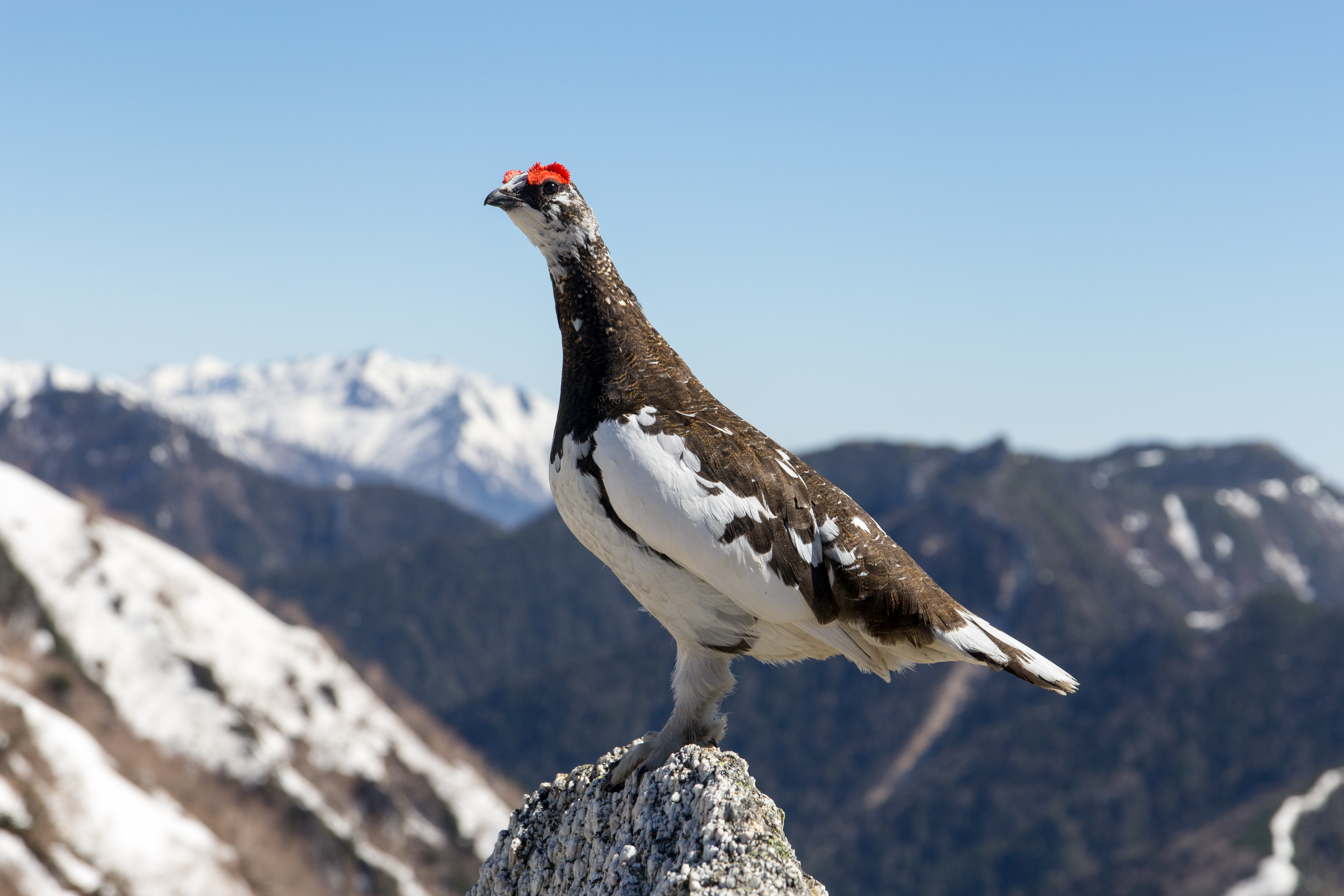
Rock ptarmigan. Image credit: Daisuke Tashiro, Creative Commons
The Asiatic black bear is the largest terrestrial mammal in Japan and is found in the alpine zones of mountains. During the warmer summer months, they can be spotted leaving their dens and looking for plant shoots and berries, succulent plants and soft mast. The rock ptarmigan, a medium-sized grouse type game bird, uses the high altitude, >2,500 m, as nesting grounds in these alpine areas. The Japanese Macaque has also been observed in Erman's Birch forests, in the ecotone between the subalpine and alpine zones.
Overall, 50% of the Honshu Alpine Conifer Forest is protected as this ecoregion intersects with several conservation areas of different categories, e.g. National Parks, Forest Ecosystem Reserves, Nature Conservation Areas and other designations. The national parks, in particular, are bucolic jewels, with breath-taking landscapes and excellent access in general. In Joshin’etsukogen National Park for example, there are several high altitude mountains and active stratovolcanoes, such as Mount Kusatsu-Shirane, peaking at 2,160 m, and the magnificent but treacherous Mount Tanigawa.
Further southwest, Chubusangaku National Park, offers more magnificent scenes with some of the country's most famous mountains, rising 3,000 m above sea level at its highest Mount Shirouma. Besides the scenic beauty, the rock ptarmigans are found here as are the Japanese macaques. Mount Fuji is surrounded by urban areas and is a major tourist attraction. The ecoregion is not densely populated, with only an average of 0.3 habitant/ha. The majority of the landscape is covered by trees.
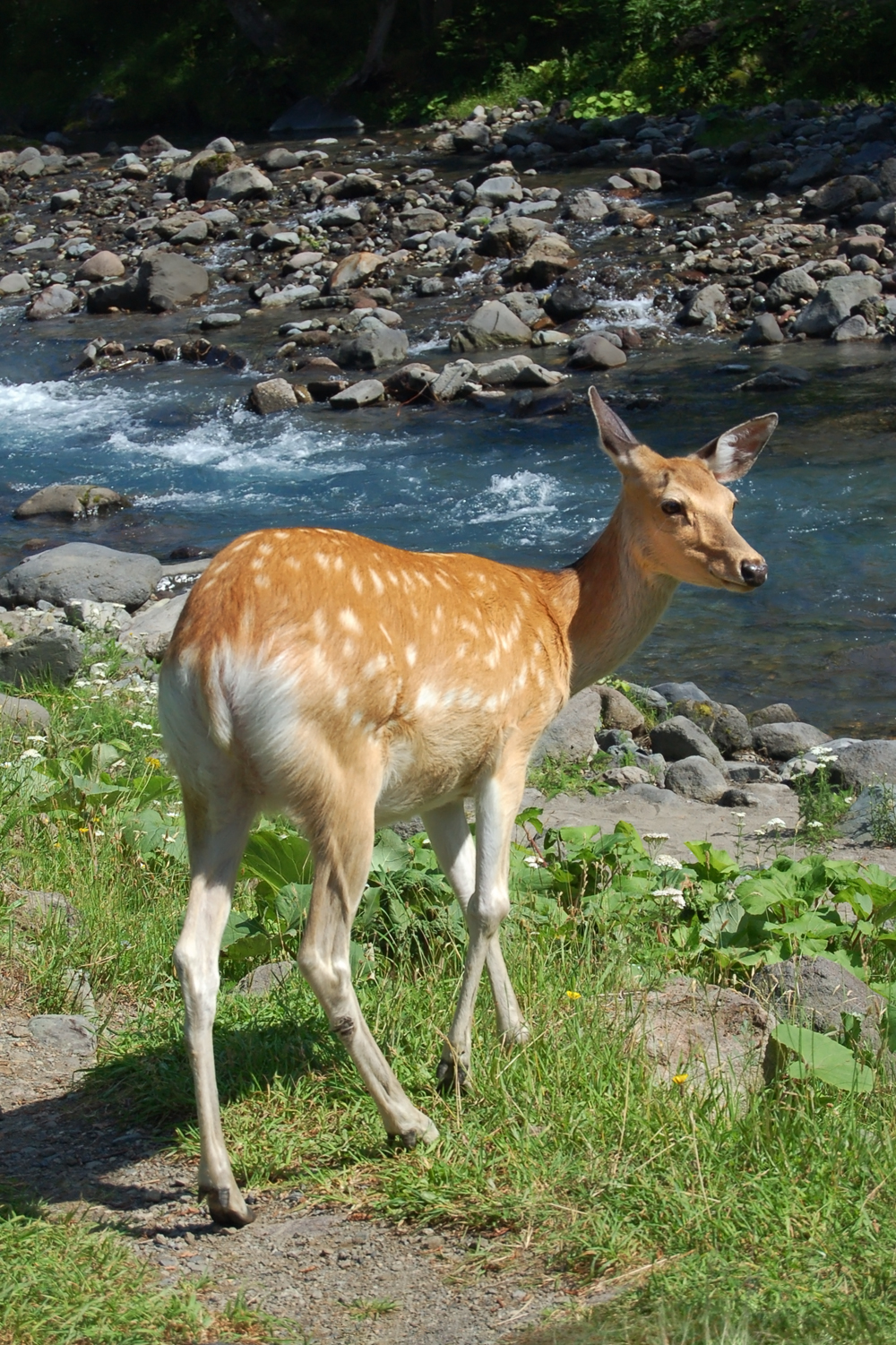
Sika deer. Image credit: Creative Commons
The alpine conifer forests have an advantageous location due to their high altitude. Most of the landscape is also under some type of protection. However, the ecoregion is on Japan's most populated island and under the influence of very populated areas, such as the greater Tokyo area. The paradox here is that although there are many protected areas and nature is revered nationally, ecotourism can put enormous pressure on local biodiversity. Mount Fuji, for example, 3,776 m above sea level, receives over 110 million visits per year. As in other sites, visitation has already passed the site's carrying capacity, and biodiversity is at serious risk.
The priority conservation actions for the next decade will be to: 1) support long-term planning for sustainable tourism, including stricter rules and implementation of temporary no-go areas to allow recovery of ecosystems; 2) strengthen the use of sustainable agroforestry management in and especially in buffer zones around protected areas; 3) enhance financial mechanisms that will support sustainable development in areas under high ecological risk.
Citations
1. Okitsu, S. 2003. Forest vegetation of northern Japan and the southern Kurils. In Forest Vegetation of Northeast Asia (pp. 231-261). Springer, Dordrecht.
2. Suzuki, A., Kobayashi, A., Nakamura, H. and Takasu, F. 2013. Population viability analysis of the Japanese rock ptarmigan Lagopus muta japonica in Japan. Wildlife biology. 19(4), pp.339-347.
3. Eagles, P.F., Bowman, M.E. and Tao, C.H. 2001. Guidelines for tourism in parks and protected areas of East Asia. IUCN.
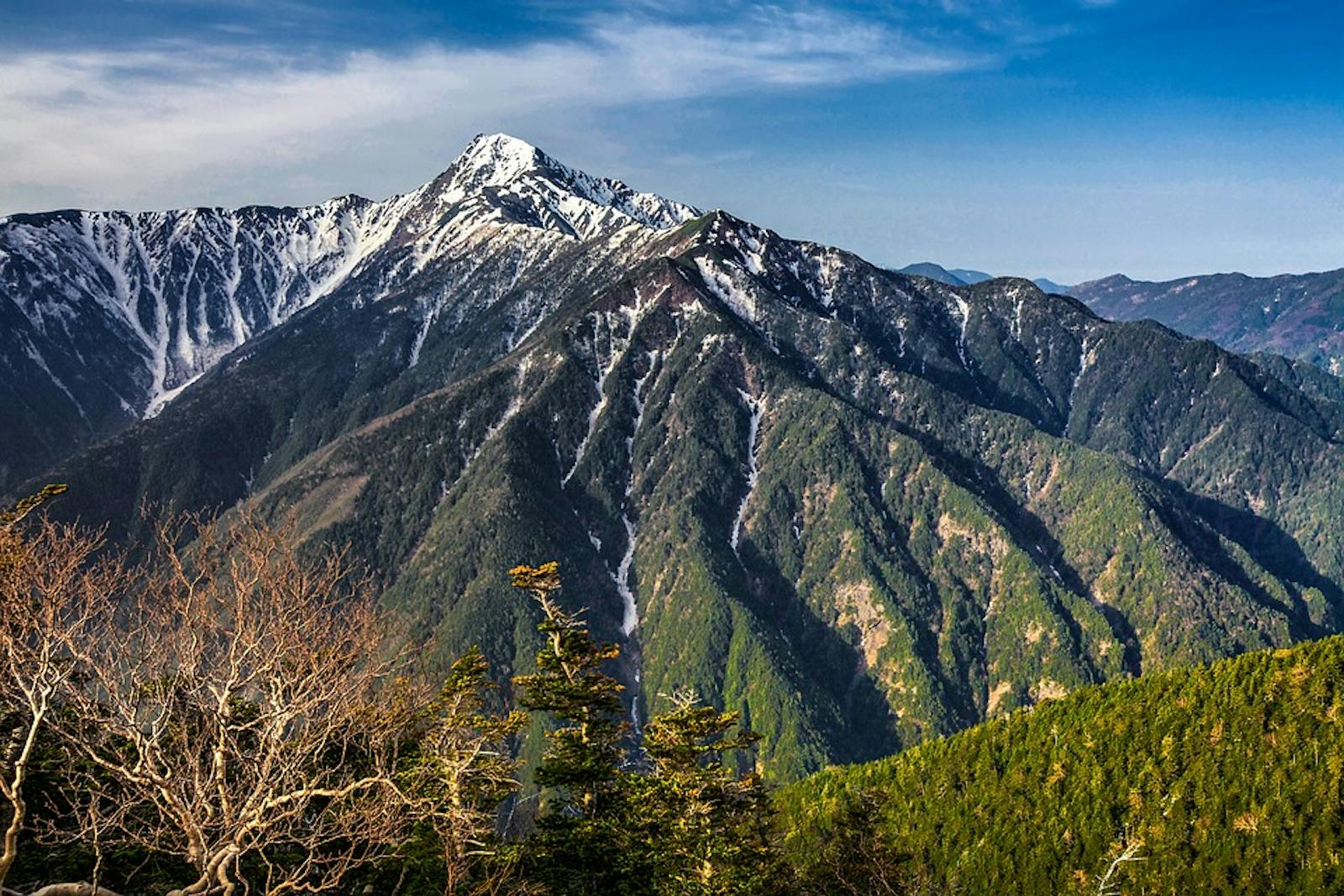
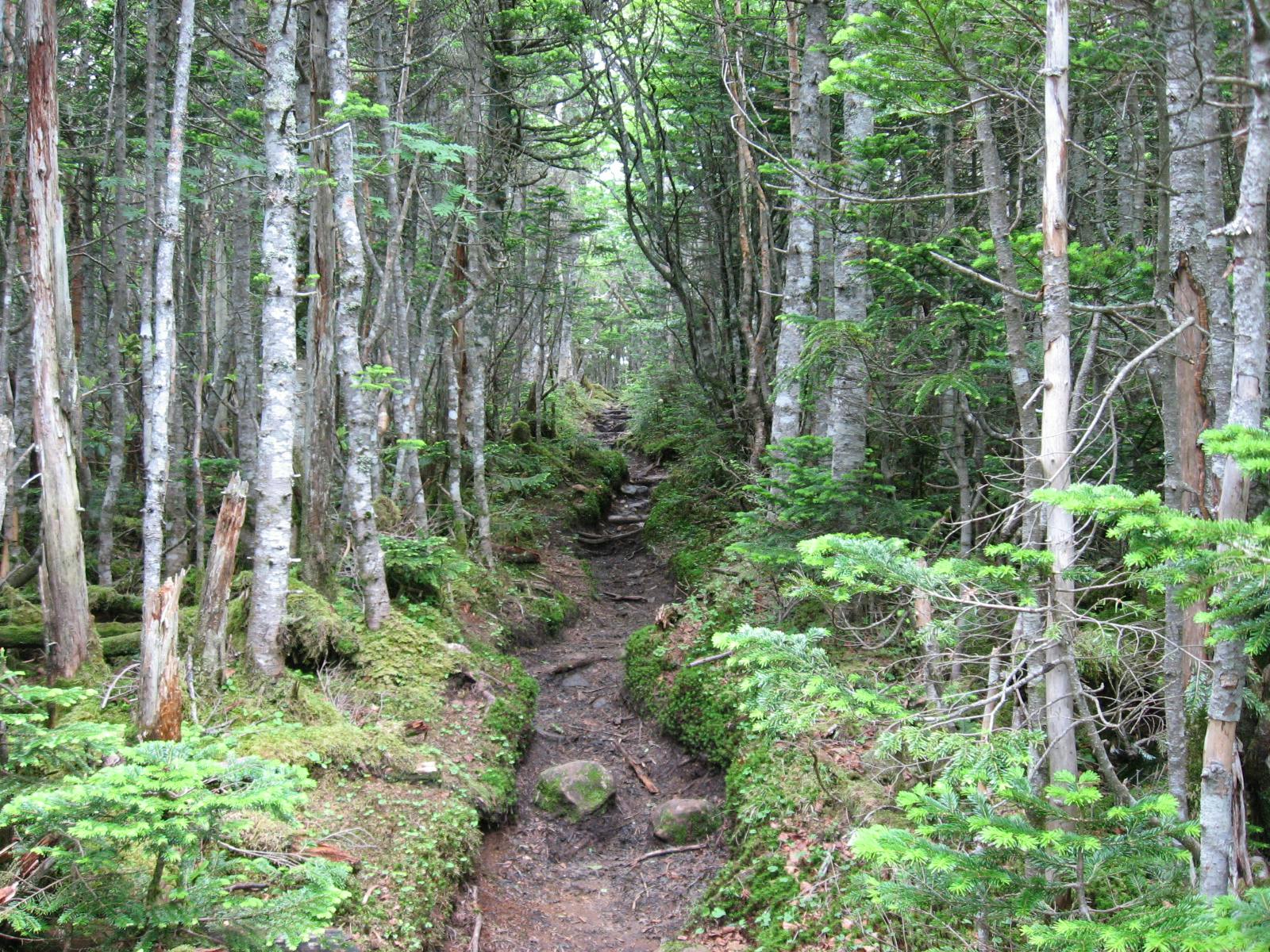
.png?auto=compress%2Cformat&w=300)

